Shanghaied
Charlie Chaplin is highly regarded as one of the Silent Film era's biggest stars. One of the films he starred in, under a $1250 a week contract at Essanay Studios, was the 1915 comedy Shanghaied, using his famous "Little Tramp" persona (Barson and Erickson).
This film was sent to the Ohio Board of Film Censorship by the distributors so that it could be played in the state of Ohio. They approved it with eliminations. The requested eliminations are: "Cut out sub-title about destroying boat to get insurance money. Cut out all scenes where man strike others over head with mallet. Cut out scene where men are lying unconscious on boat. Cut out scene where Chaplin knocks man down. Cut out scene of men placing explosive in ship and setting fire to fuse" (Bulletin for October 2, 1915, Miscellaneous).
The following analysis is divided into three parts. First is the embedded film Shanghaied from archive.org, it is a professionally remastered version of the film. It is recommended to watch this before proceeding through the analysis. The second part of the analysis is a series of screenshots of the censored moments of the film (except for the sub-title, since it requires no visual aide). In some cases not every screenshot is displayed, but rather one or two as representative (for example, the Mallet and Crane scenes). The final section is a series of screenshots of moments that were not censored, even though they would fall into the categories of censorship that have been identified in the other parts of this project.
This version of the film (from archive.org) is incorrectly dated as saying the film released in 1916, when it did in fact release in 1915 (IMDB).
Censored Scenes
Mallet


Figure 35: Mallet 1; Figure 36: Mallet 2
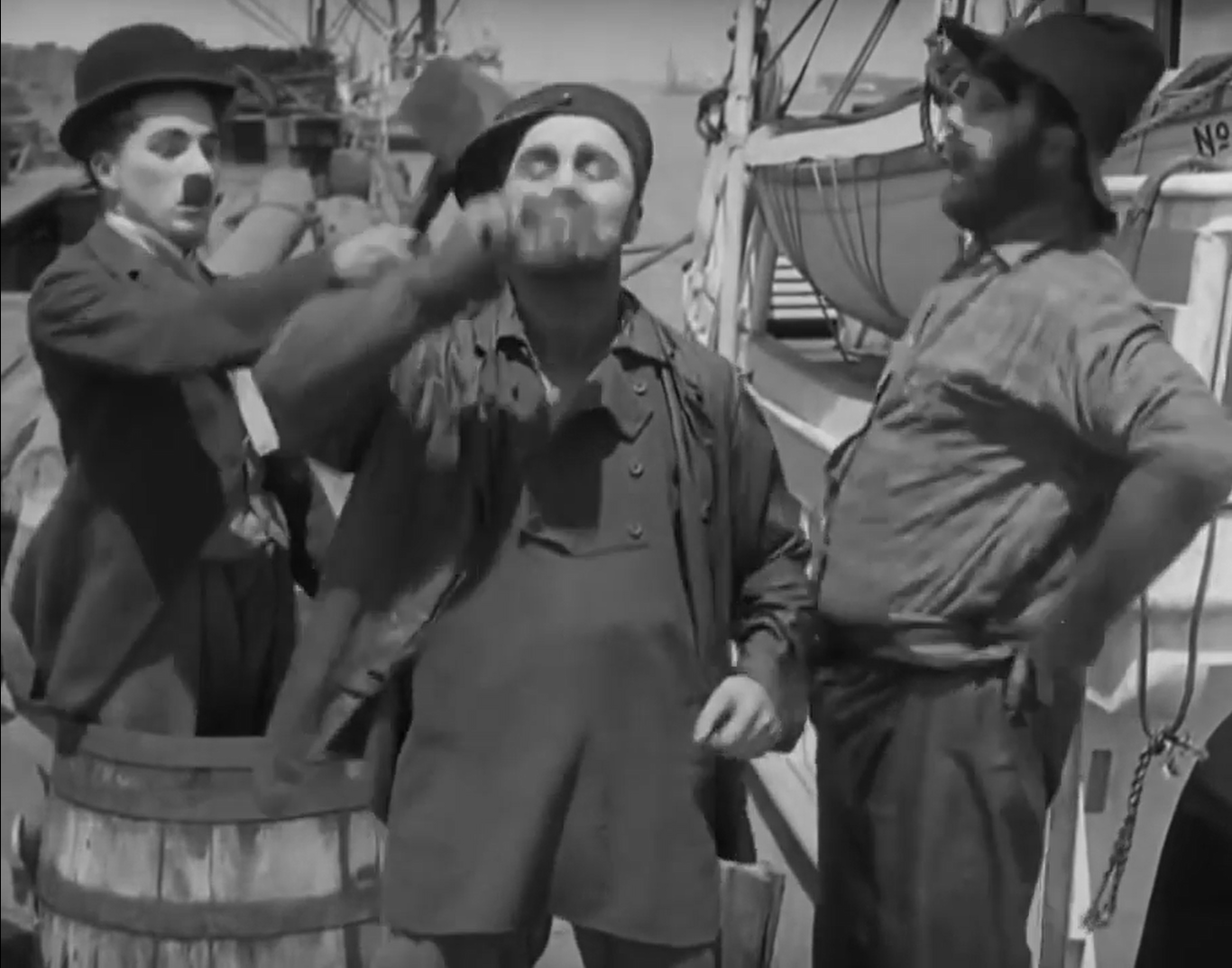
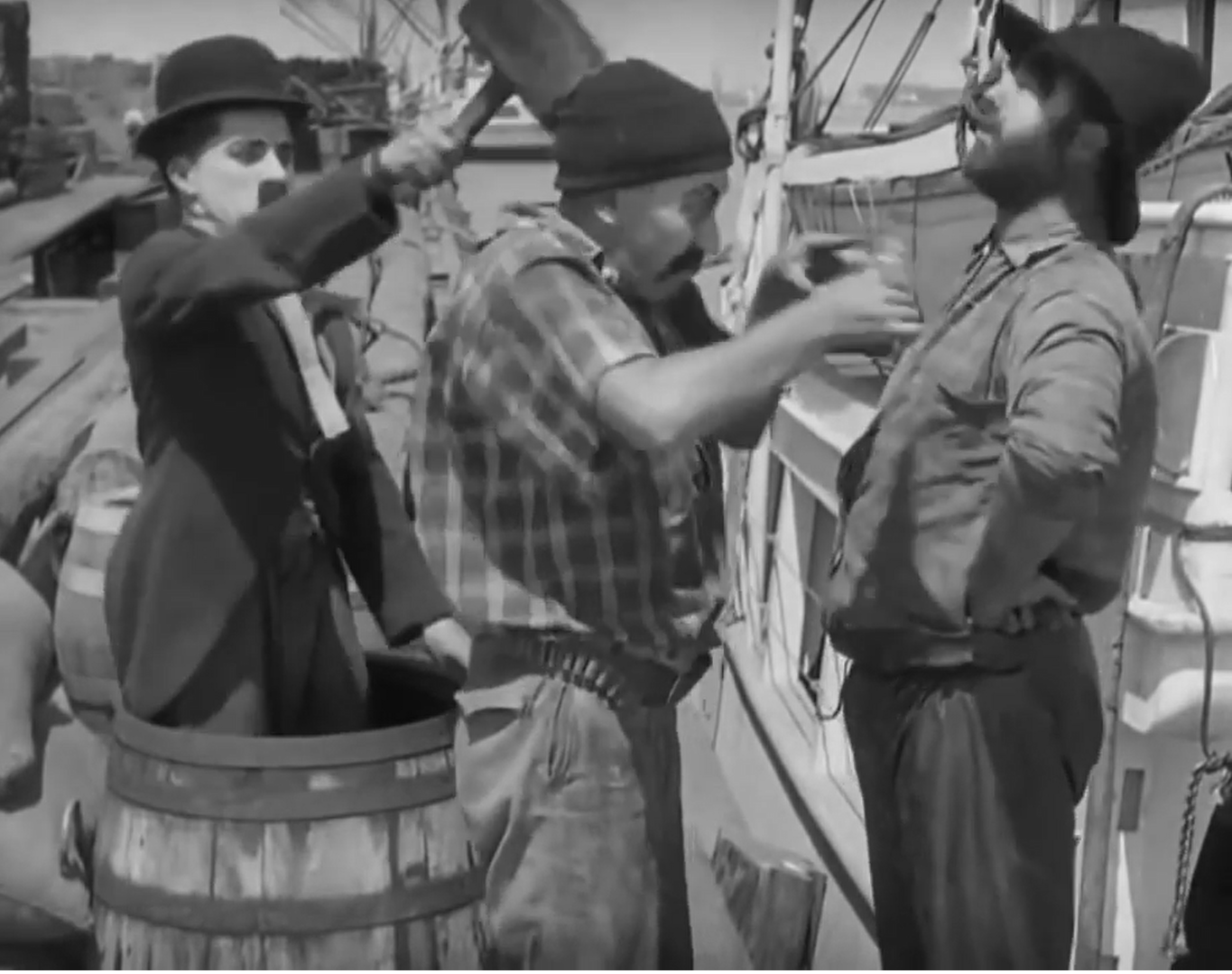
Figure 37: Mallet 3; Figure 38: Mallet 4
"Cut out all scenes where man strike others over head with mallet."
Unconscious
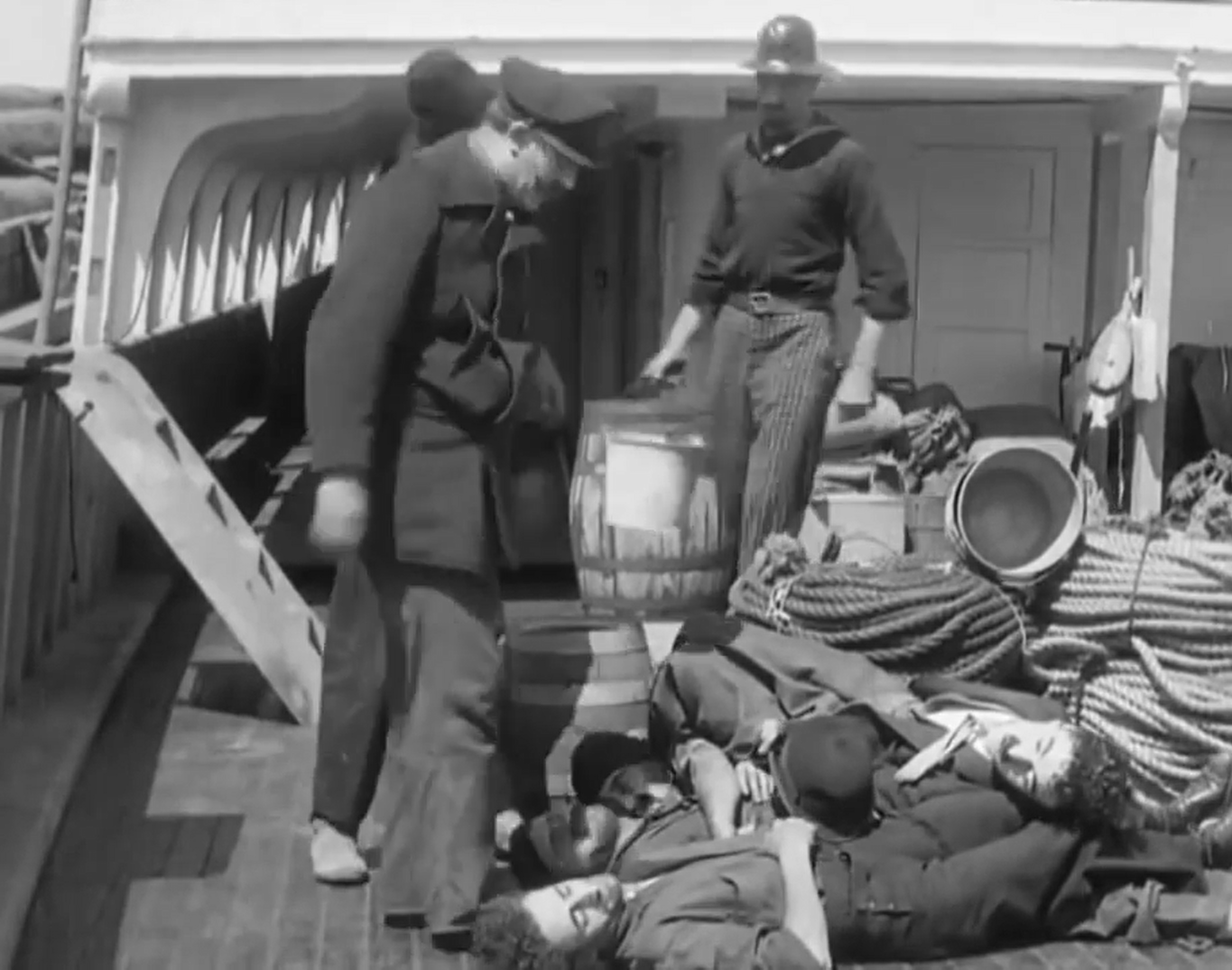
Figure 39: Unconscious 1
"Cut out scene where men are lying unconscious on boat."
Kicking
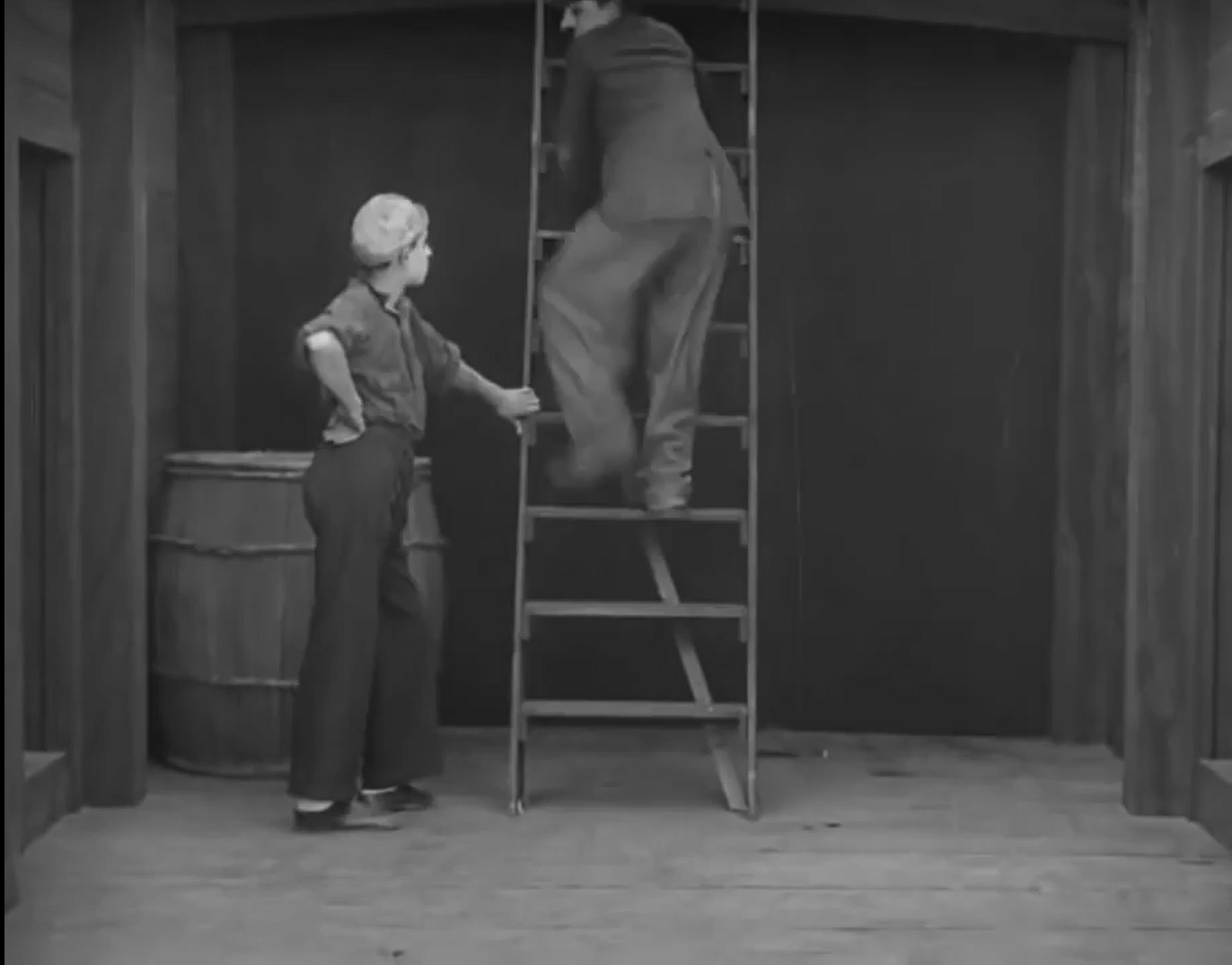
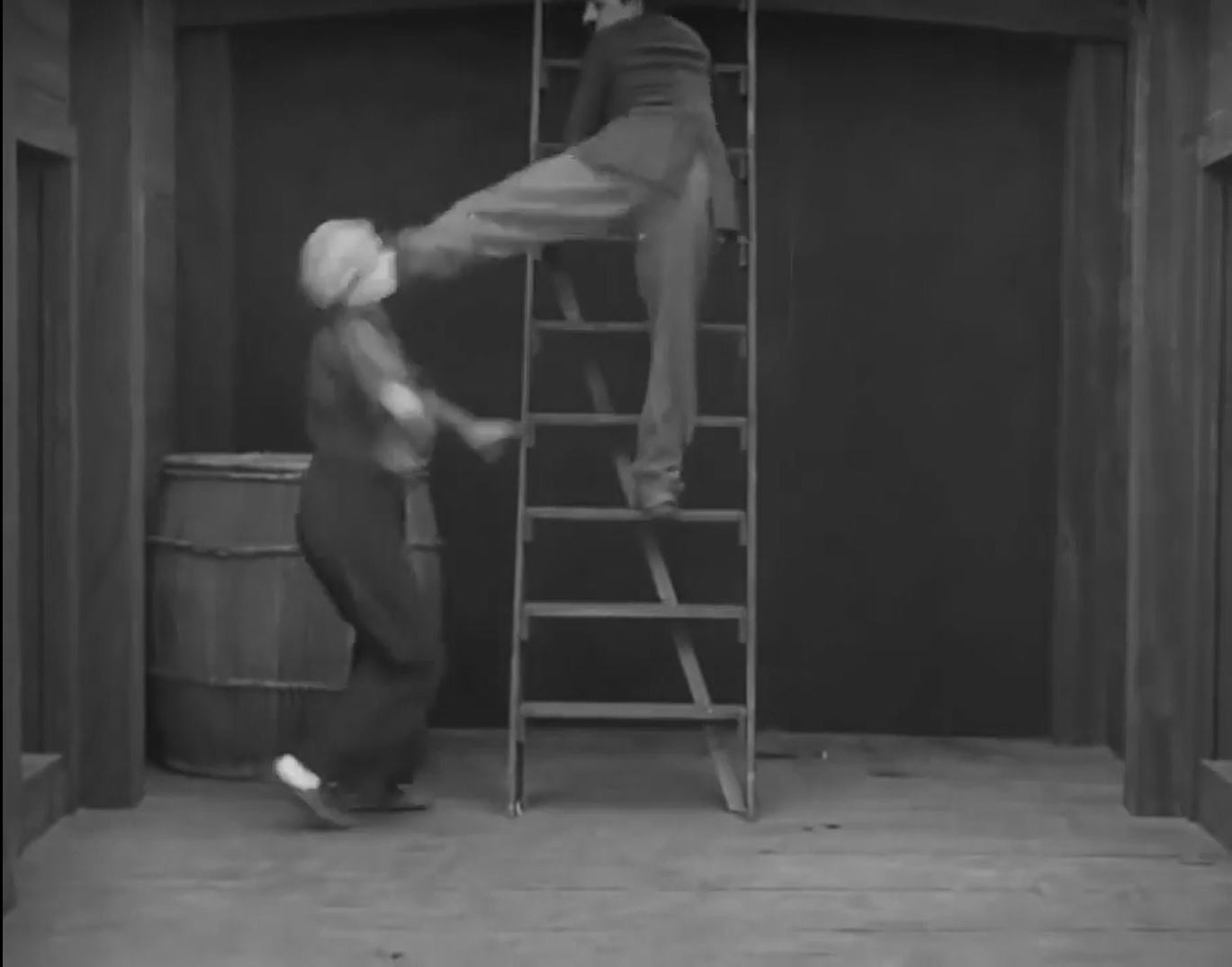
Figure 40: Kicking 1; Figure 41: Kicking 2
"Cut out scene where Chaplin knocks man down."
Lighting the Bomb


Figure 42: Bomb 1; Figure 43: Bomb 2
"Cut out scene of men placing explosive in ship and setting fire to fuse"
Uncensored Scenes
The following are screenshots of scenes that one would expect to have been censored, for various reasons. Some of them are repeats of other scenes that occurred in the movie, others fall into the categories of censorship previously identified in the Close Reading section about the censorship during this period. The lack of censorship of the some of the following material raises the question of how strict the censors truly were.
Chaplin Kissing and Smoking
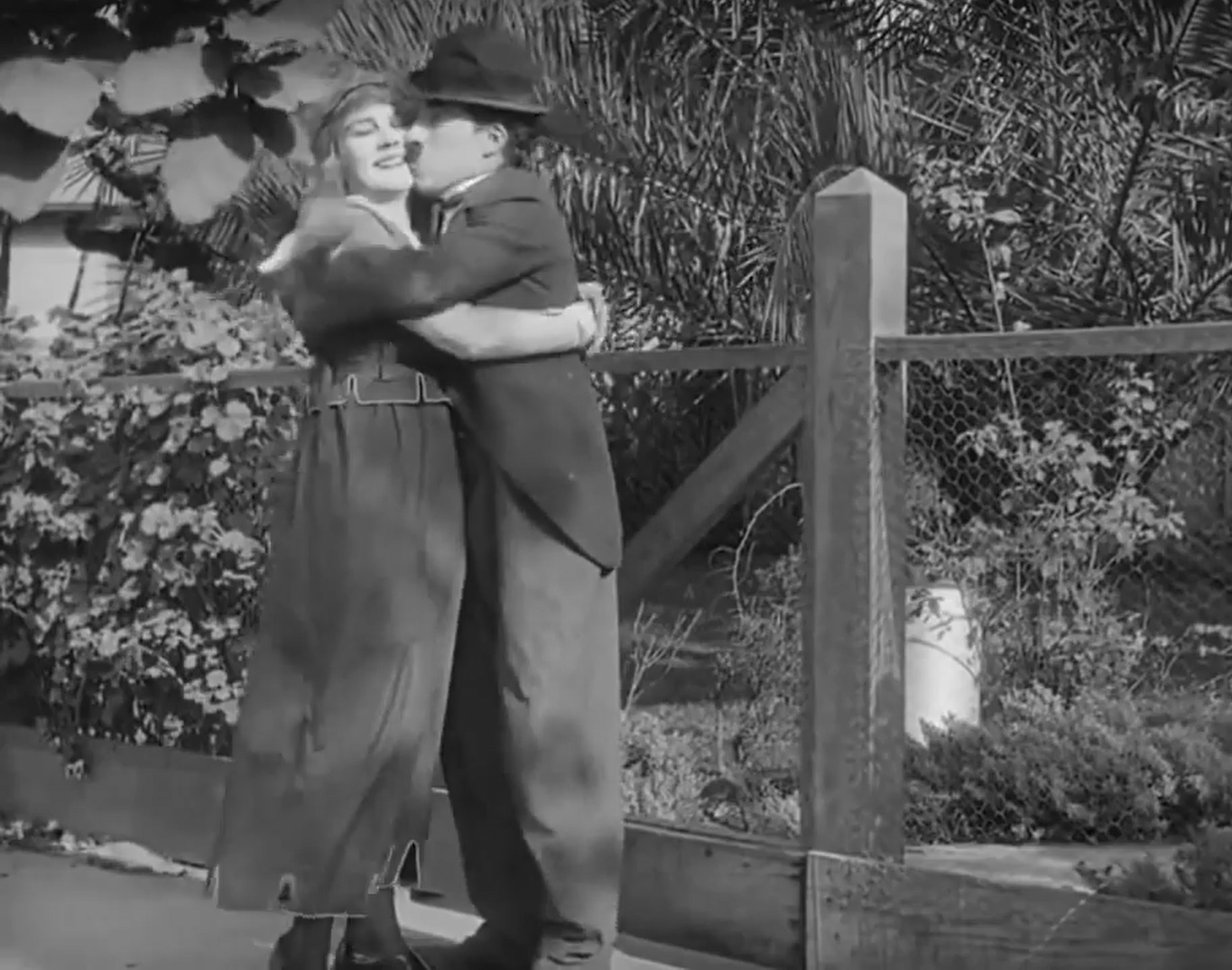
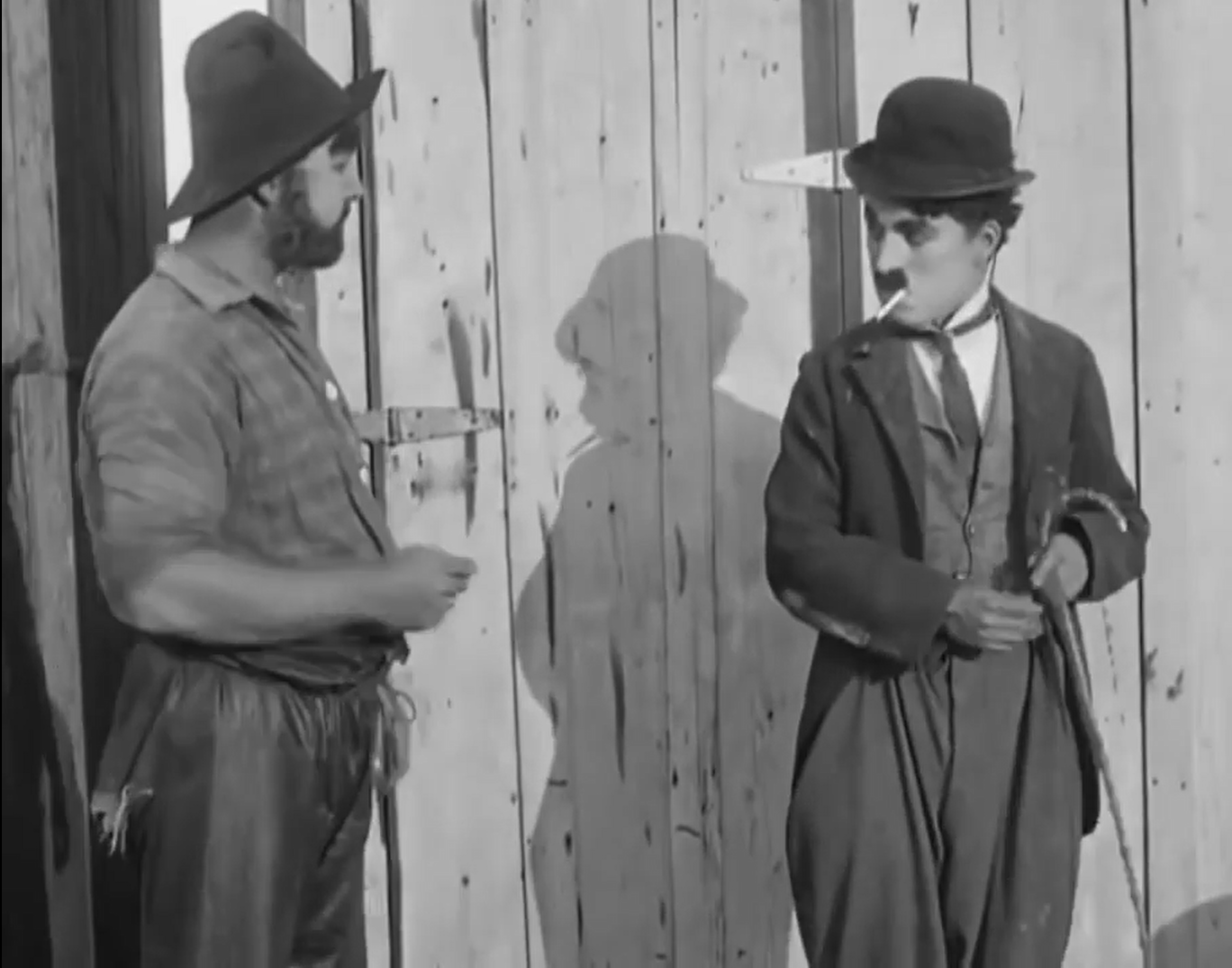
Figure 44: Chaplin Kissing; Figure 45: Chaplin Smoking
It has already been determined that smoking was only a problem when done by women, unless drugs were involved, and this screenshot is included here as further evidence to that point. The scene of the kiss is brief and lacks any sexual tension, which is most likely why it was not censored.
The Second Unconscious Scene
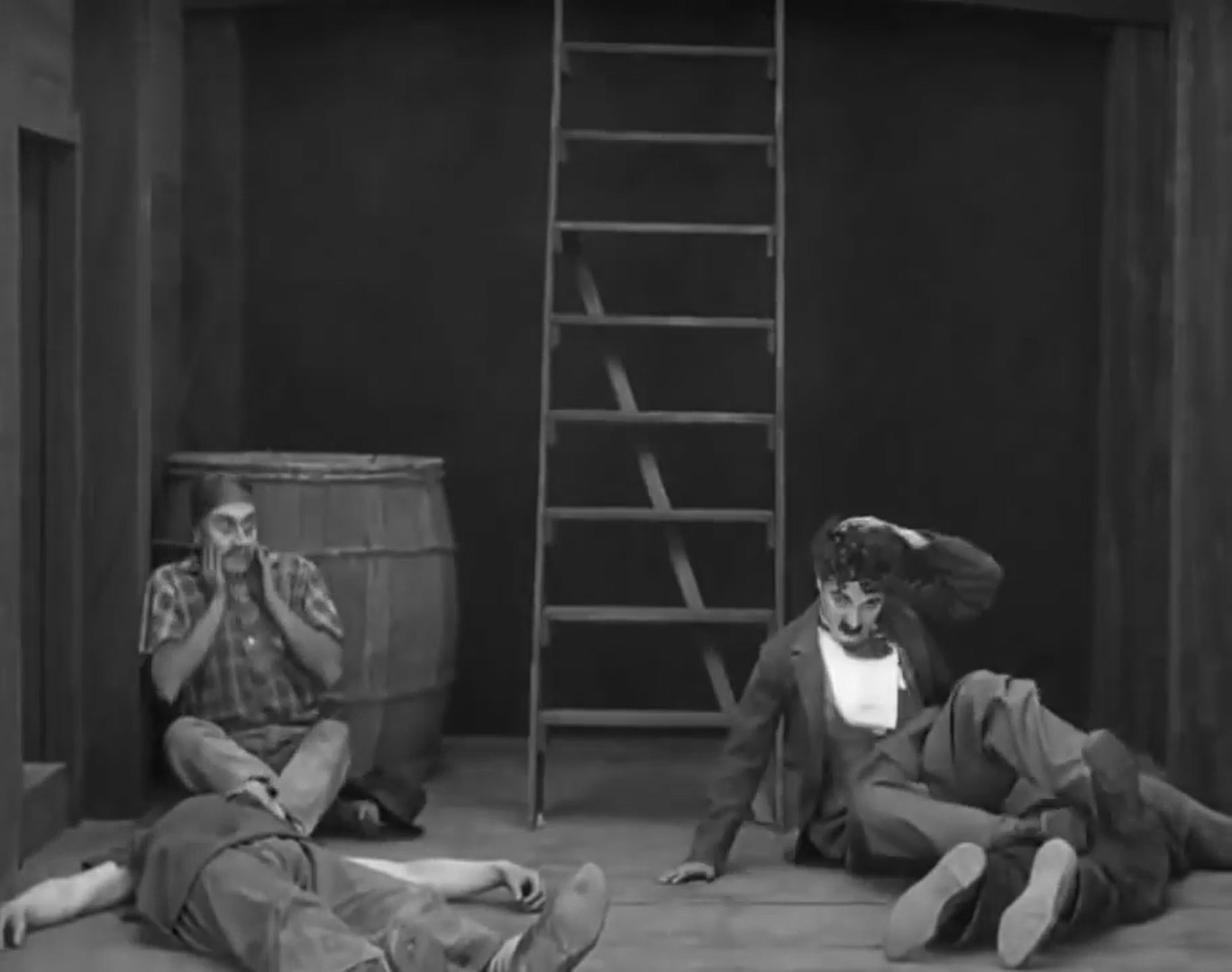
Figure 46: Unconscious 2
Having censored the first scene of men unconscious, why is this one allowed to remain? Is it because Chaplin is not unconscious, or perhaps because removal of this scene would be jarring to the overall plot?
The Crane
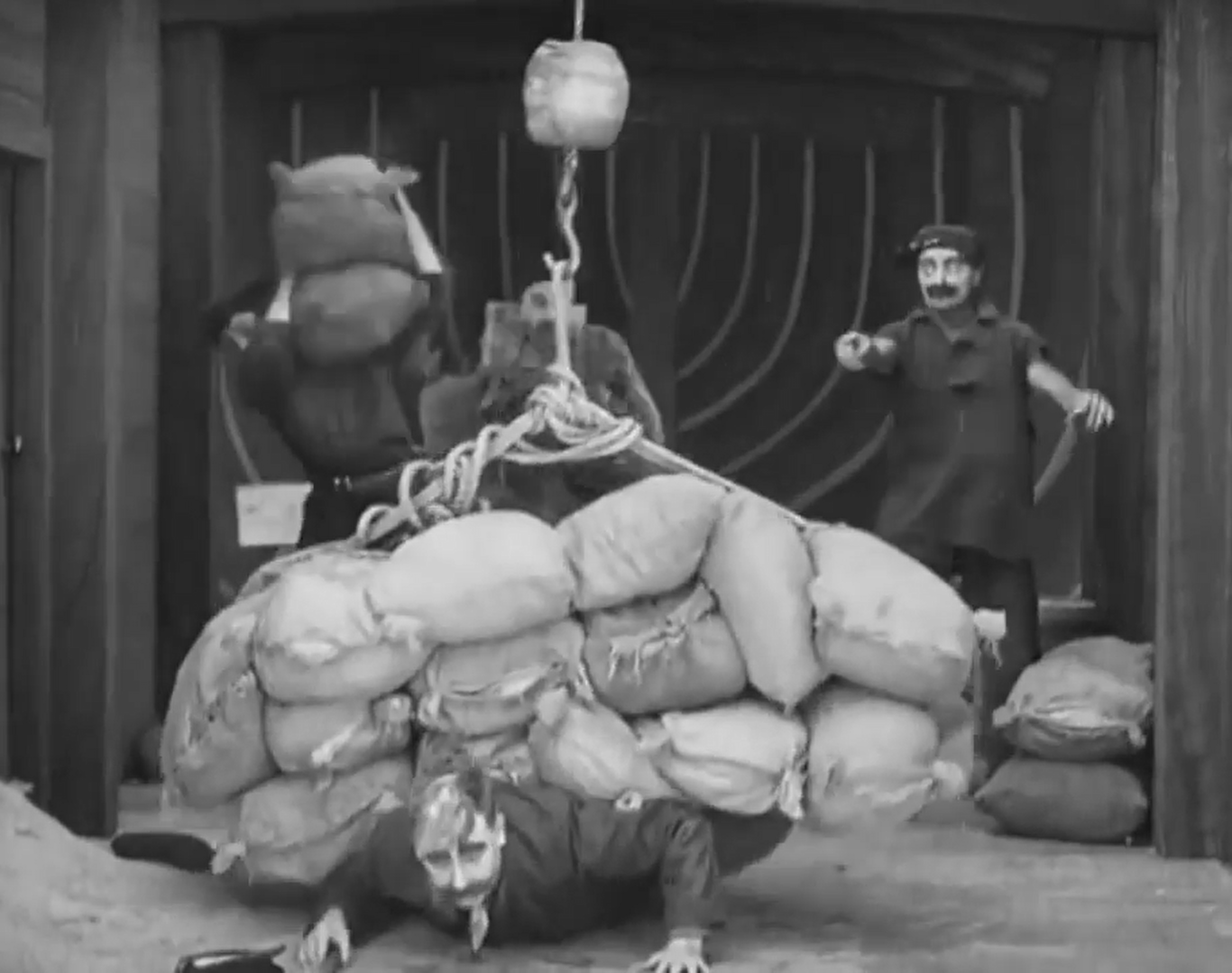
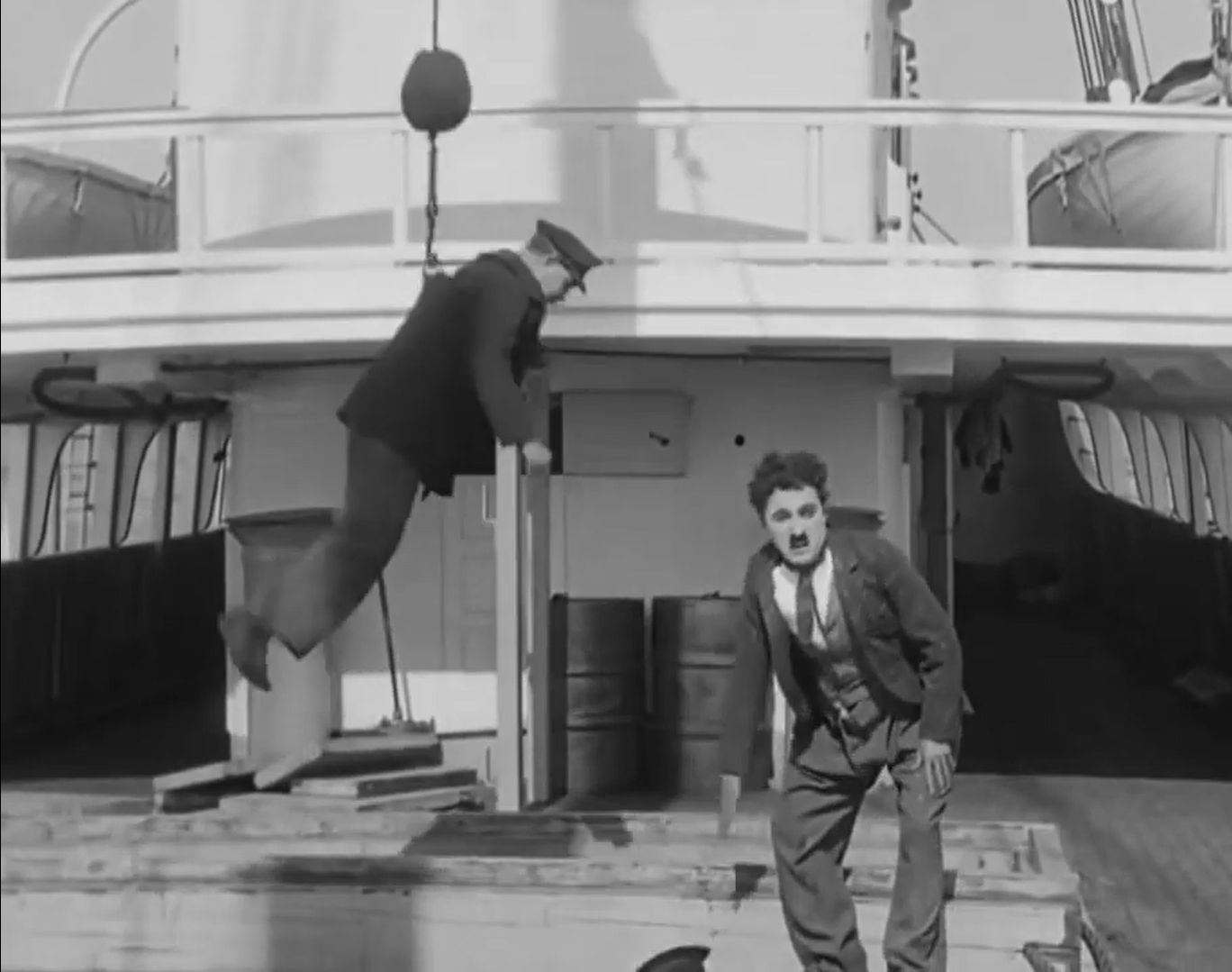
Figure 47: Crushed 1; Figure 48: Suspended 1
A long series of gags involving a crane. Based on the censors being concerned with activities that are violent and harm society, a series of jokes about violently harming the ship captain with industrial equipment would seem to be ideal for censoring.
Fighting


Figure 49: Fighting 1; Figure 50: Fighting 2

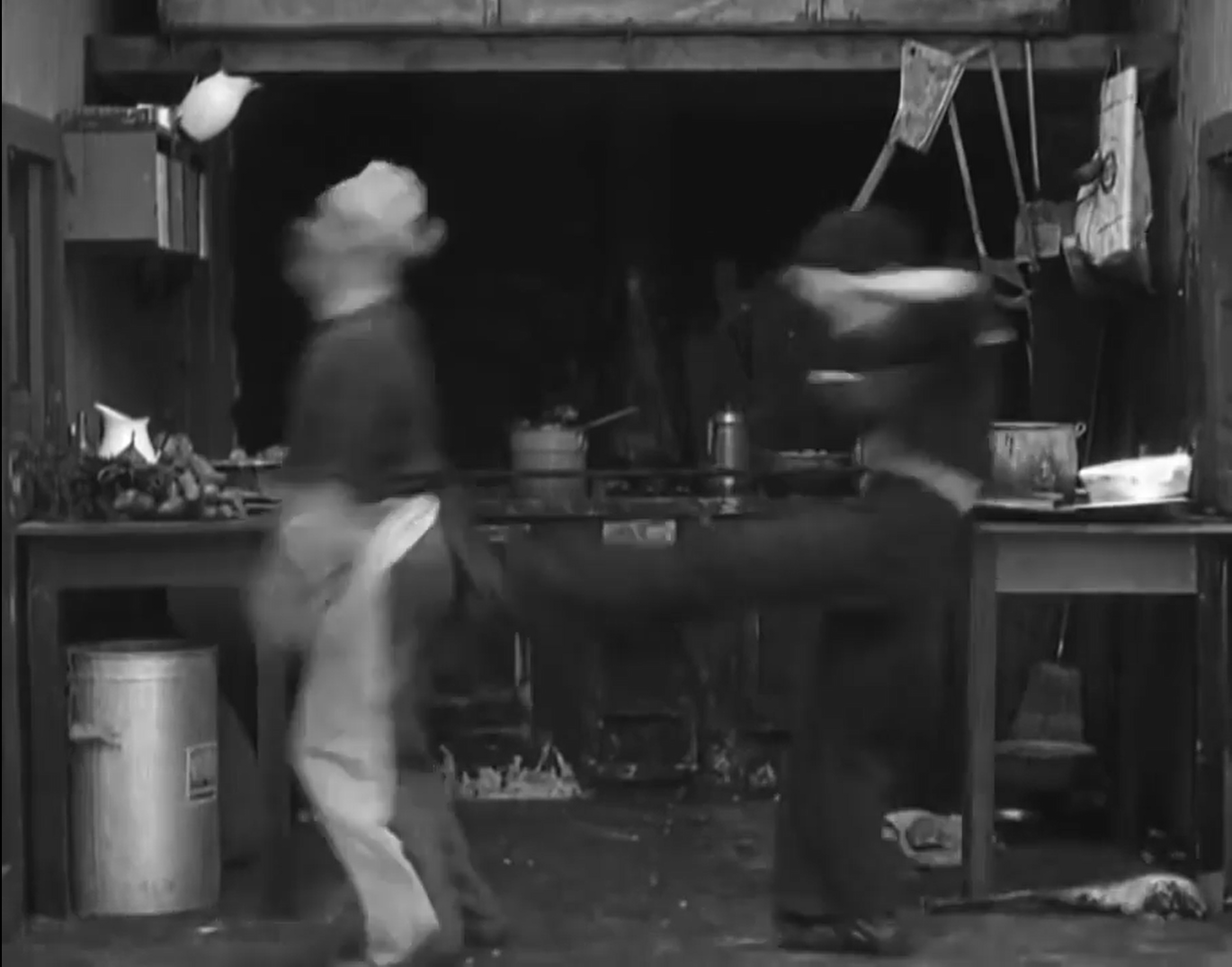
Figure 51: Fighting 3; Figure 52: Fighting 4
Fighting has already been established as the dominant topic of censorship and the censors already ordered the removal of scenes with Charlie hitting men with a mallet. In this kitchen scene he hits the cook in the face with some piece of meat and then they have a mild fight. This scene was left untouched by the censors, perhaps due to the lack of physical contact between the two men, or the amount of body comedy being interwoven into the fight. Either way it seems rather inconsistent on the part of the censors.
Chaplin with the Bomb
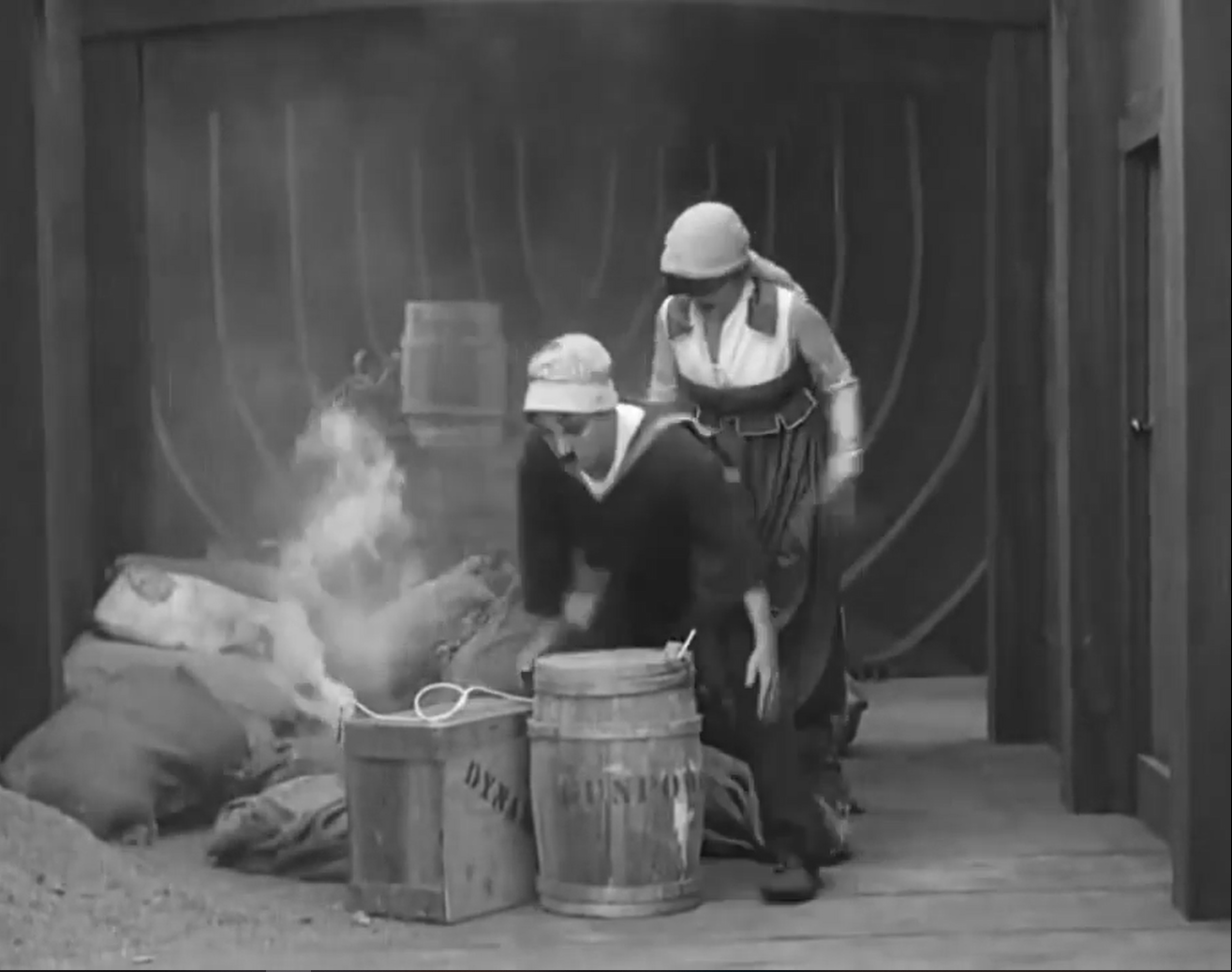
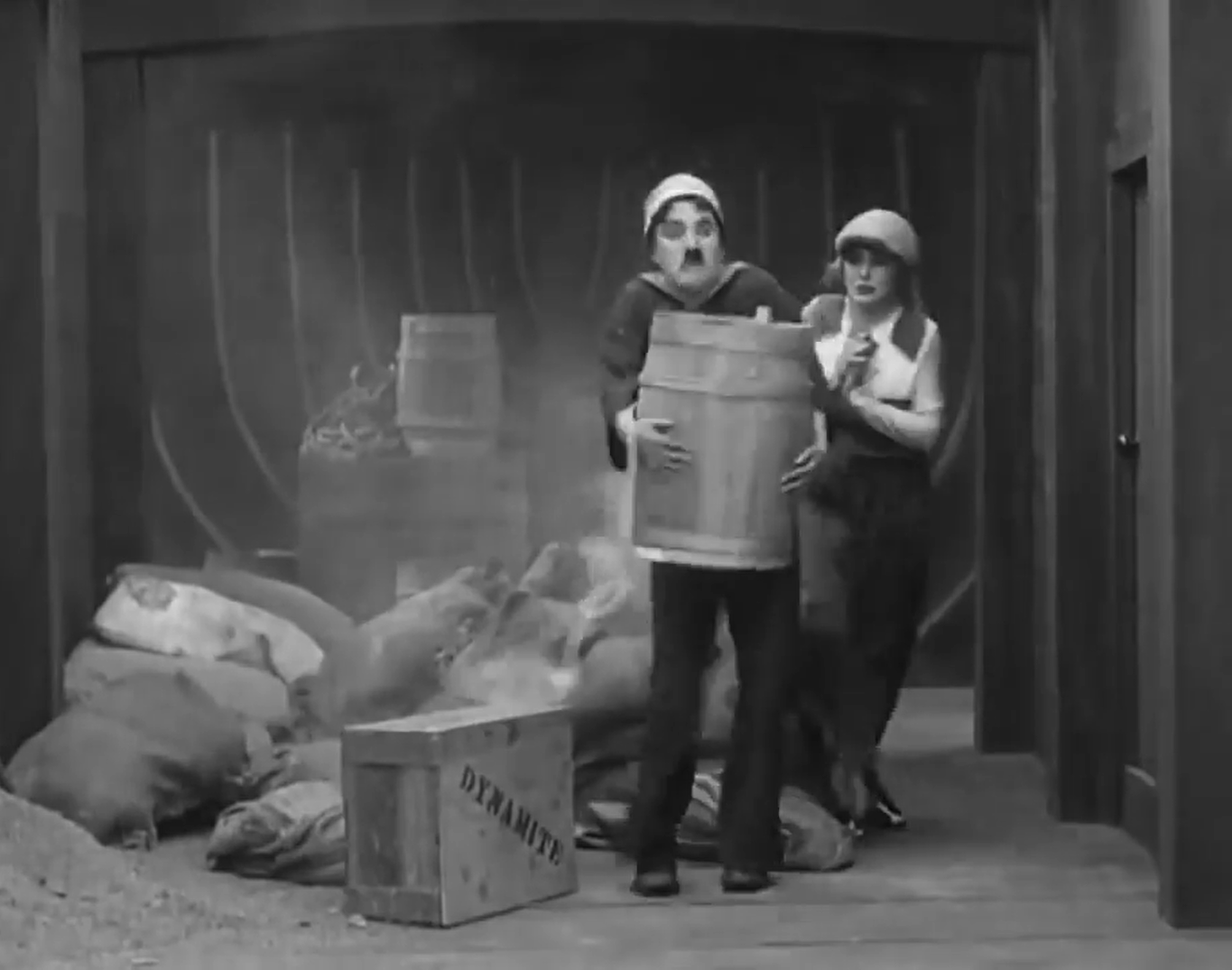
Figure 53: Chaplin Bomb 1; Figure 54: Chaplin Bomb 2

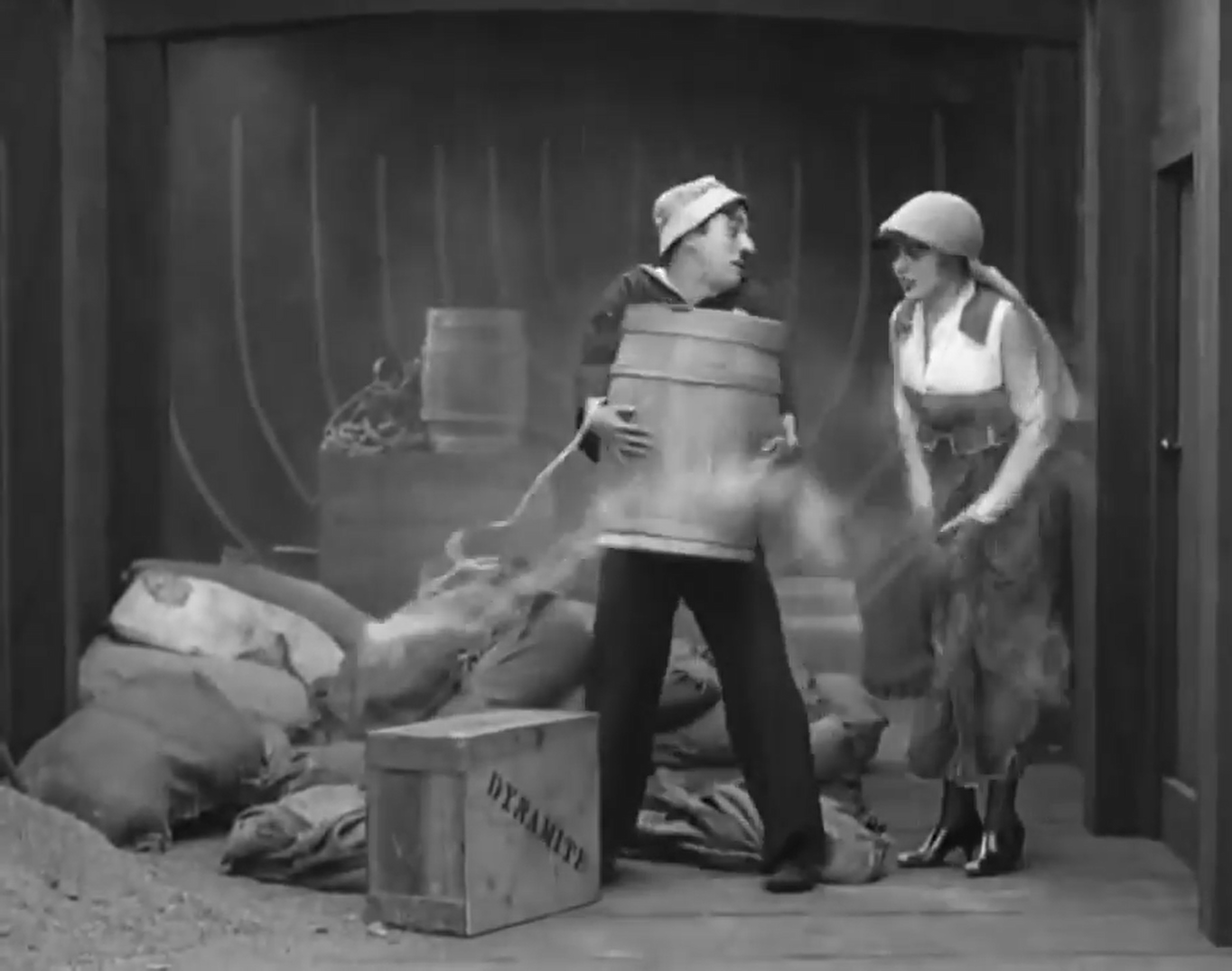
Figure 55: Chaplin Bomb 3; Figure 56: Chaplin Bomb 4
As seen above, the censors ordered the scenes of the placing and lighting of the bomb to be eliminated. But they allowed these scenes to stay. Perhaps it is about motivation within the scene, where Chaplin is attempting to get rid of the bomb and save lives, while the other men were seeking to destroy the boat.
More Bomb Scenes
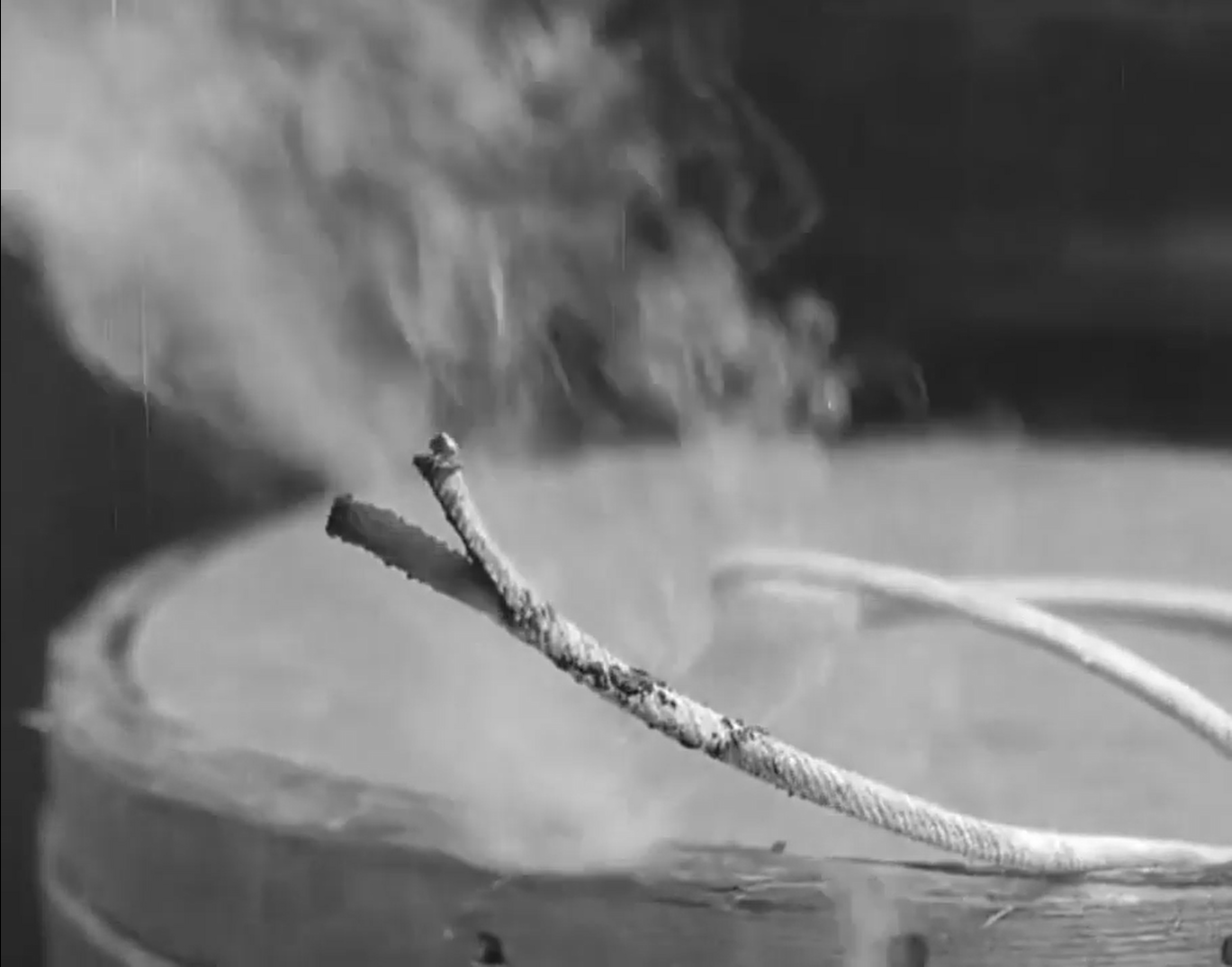
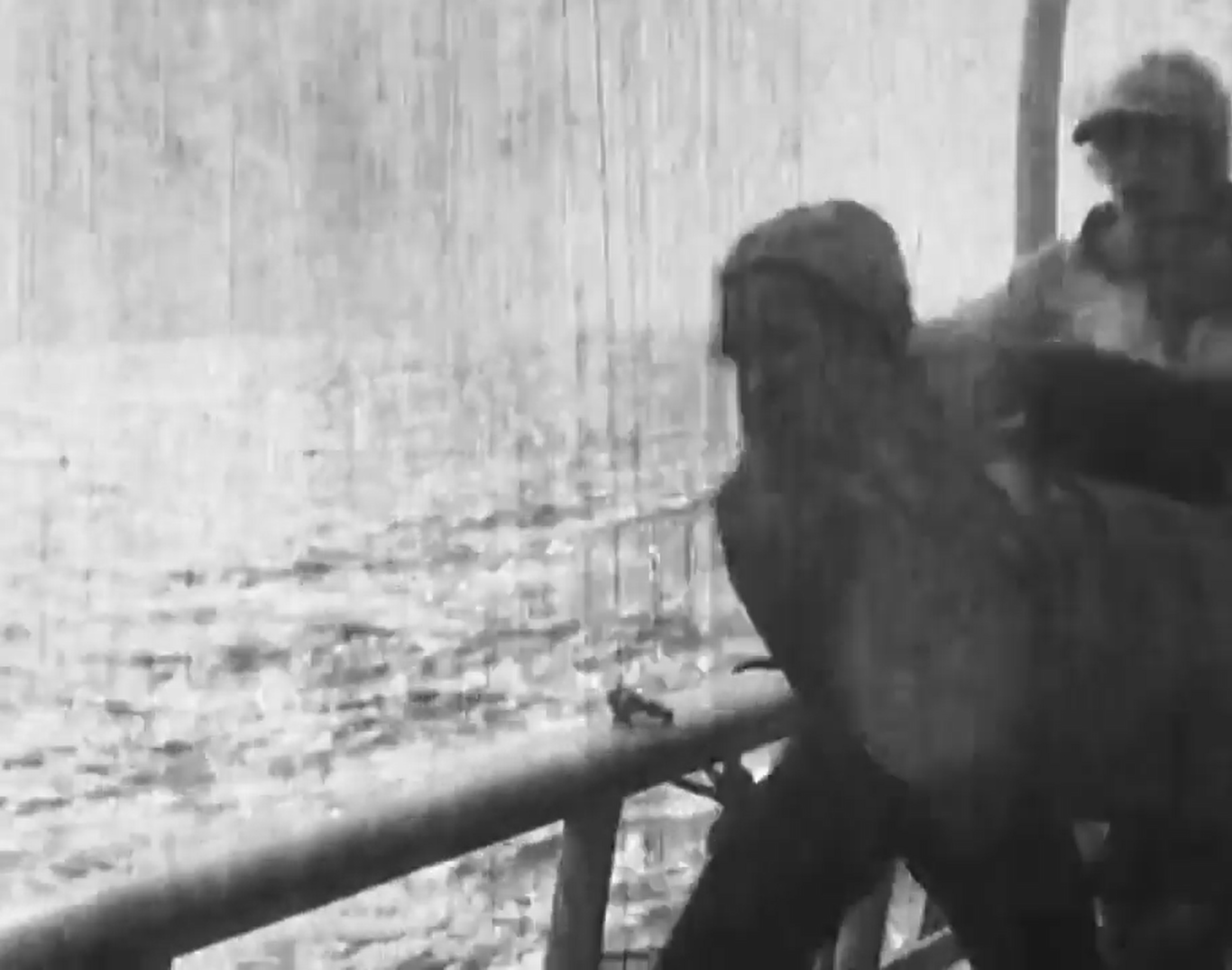
Figure 57: Bomb Fuse; Figure 58: Bomb Throwing
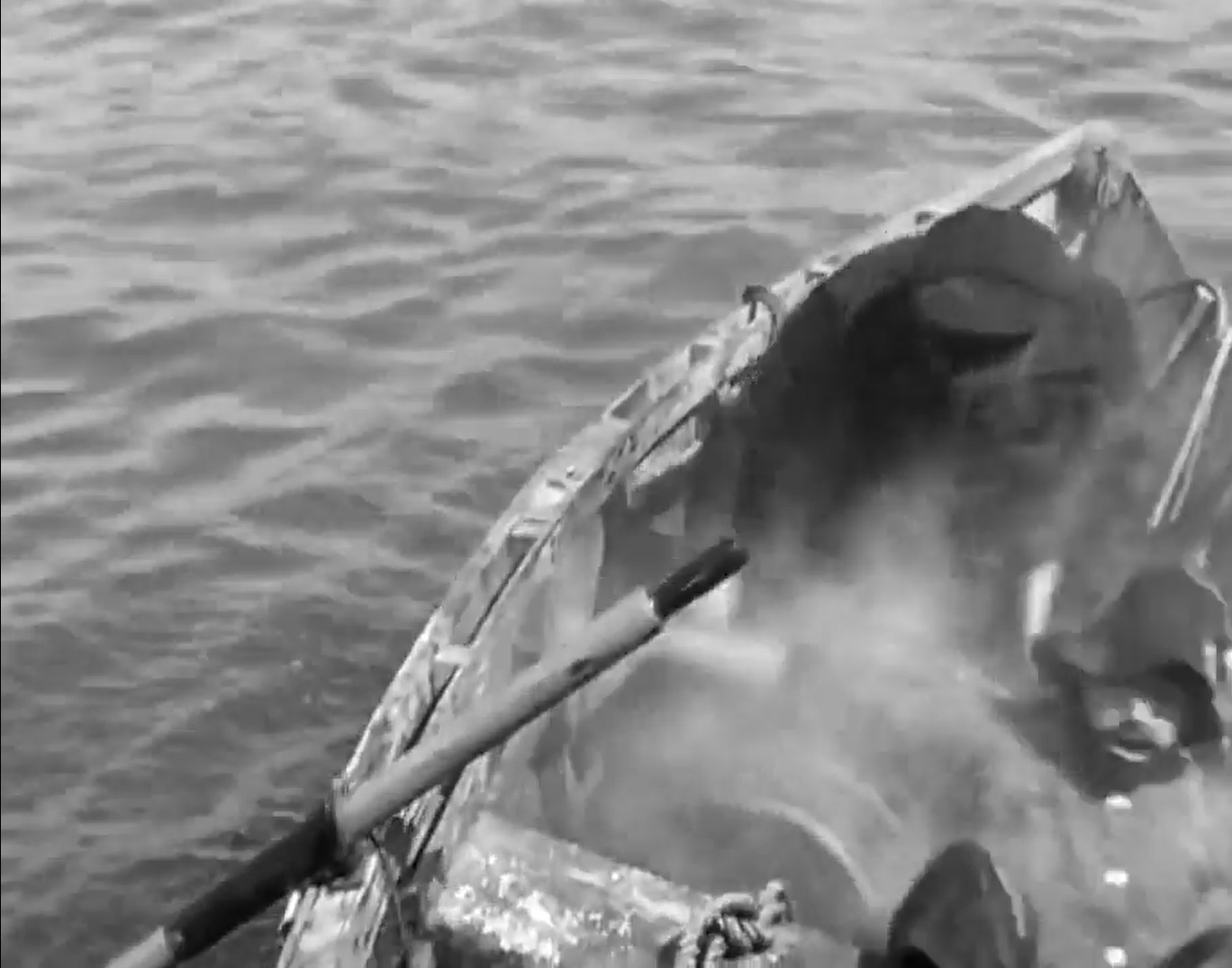

Figure 59: Bomb in Boat; Figure 60: Bomb Exploding
The most perplexing uncensored scenes of all. The fuse burns down, Chaplin throws the bomb into the boat with the men and it blows up. If the censors felt the need to remove the opening sub-title where the men say they want to blow up the boat, why didn't they remove the scenes where the bomb actually goes off?
Girl's Father Kicked into Ocean
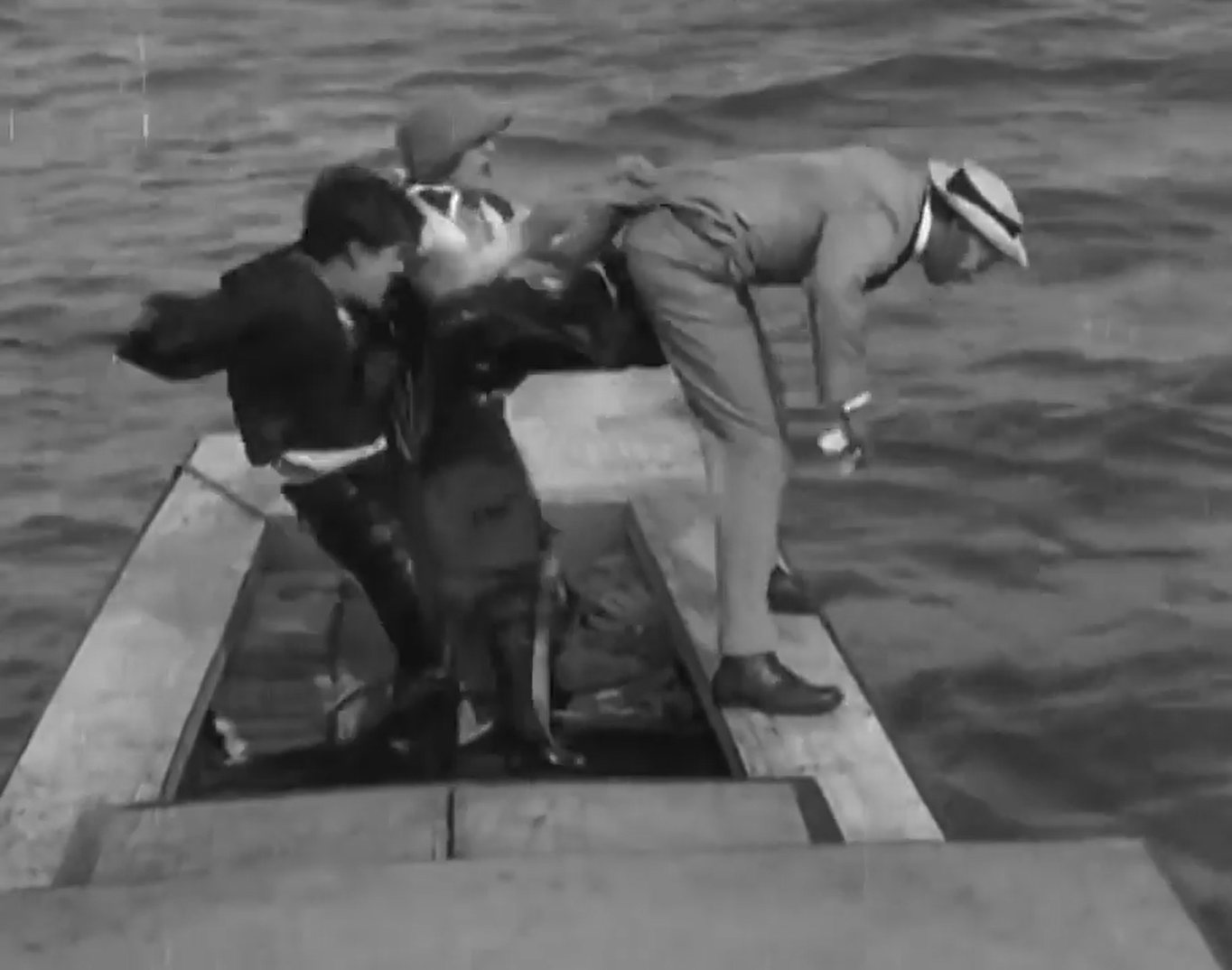

Figure 61: Chaplin Kicking Father; Figure 62: Chaplin Celebrating
A rather humorous turn of events for the hero, played by Chaplin. Kicking his girlfriend's father into the water and riding off without her. However, this kind of lack of respect for authority figures is the kind of situation that the censors would usually prohibit.
Conclusion
Watching an uncensored 1915 film and noting all the scenes that the censors ordered to be eliminated has been one of the most fruitful aspects of the research. It allows the researcher to see the perspective of the Board and possibly rethink the severity of their censorship. There is a significant amount of inconsistency in the censorship of this film, and a fair amount of scenes left untouched.
First, in terms of the films in the category "approved with eliminations," the censors may not have been as harsh as secondary scholarship and public opinion leads one to believe. As noted in the 1945 Censorship Speech (see the Specific Examples section), the censors even attempted to maintain the integrity of the plot and humor of the film (Censorship Speech, 1945, Legal). Second, this research confirms that the censors themselves were not consistent in their censorship word. The statute that forms the Board is vague and in positive language. Film is a largely subjective media, like every art form, and this case study shows that the process of censorship was as well.